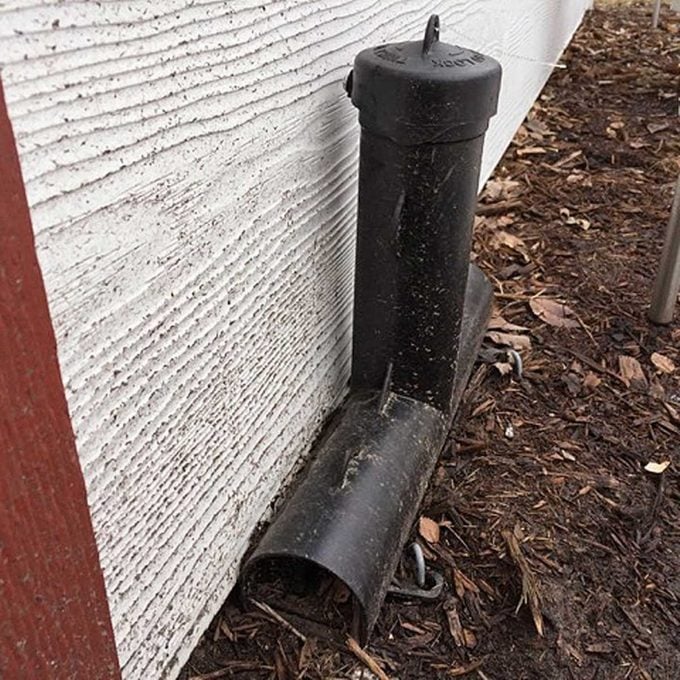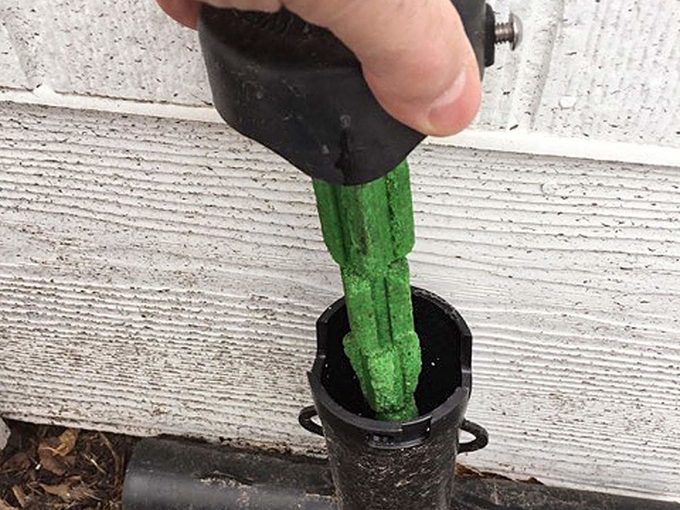Try This Easy Trick to Stop Mice from Entering Your Home
Updated: Apr. 18, 2023
Putting a bait station outside will keep mice from getting inside.

Keep Mice Out of Your House
Mice may be cute rodents, but they’re a nuisance and sometimes a danger to your home. Once mice infiltrate your home, they’ll gnaw away at insulation, wiring, food, and even office supplies and books. Additionally, they can bring in diseases and other pests.
Pest control is important and there are various methods out there, from poison and baited mouse traps to natural and non-lethal options. But you might need an option that’s safe for kids, pets or other wildlife. Plus, sometimes mouse traps aren’t working effectively. Your best bet is to stop mice before they get inside your home, and a bait station is a great choice.
What Is a Bait Station and How Does It Work?
A bait station is a box or tube filled with enticing edibles that kill rodents. Ideally, it’s big enough for multiple mice or rats. When properly used, they can stop mice from becoming a problem.
Bait stations can be as simple as a cigar box with holes cut into it and rodenticide put in. If you’ve got the time, you can make a more elaborate one with liquid and solid bait.
Once you’ve set up your bait station, you’ll need to check it regularly, refilling the bait as needed. Start with daily checks. As the signs of feeding decline, you can scale back the frequency. Fresh bait is key; mice and rats won’t feed on stale or spoiled food.
Placement is also important. Put it somewhere difficult for your kids or pets to access. And always keep the excess bait sealed and out of reach.
Where to Place Mouse Bait Stations
If you don’t want to build your own, a six-pack of JT Eaton 902 Top Loader Bait Stations costs about $97 at DoMyOwnPestControl.com. Place bait stations outside near the foundation and load the vertical tube with several poison bait blocks on a rod.
If children or pets are a concern, zip-tie the bait stations to a roof rafter or the top of a fence so the mice travel those routes. The key is placing these stations where the rodents already are. They’re unlikely to use them otherwise.
Once the stations show signs of declining use, you’ll know they’re working. Keep checking them every once in a while to gauge your progress. As long as the stations are maintained and you don’t leave loose food around, your mouse problem should be solved!
